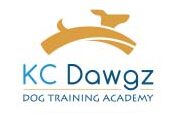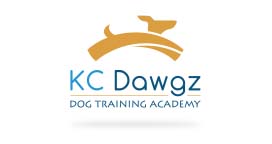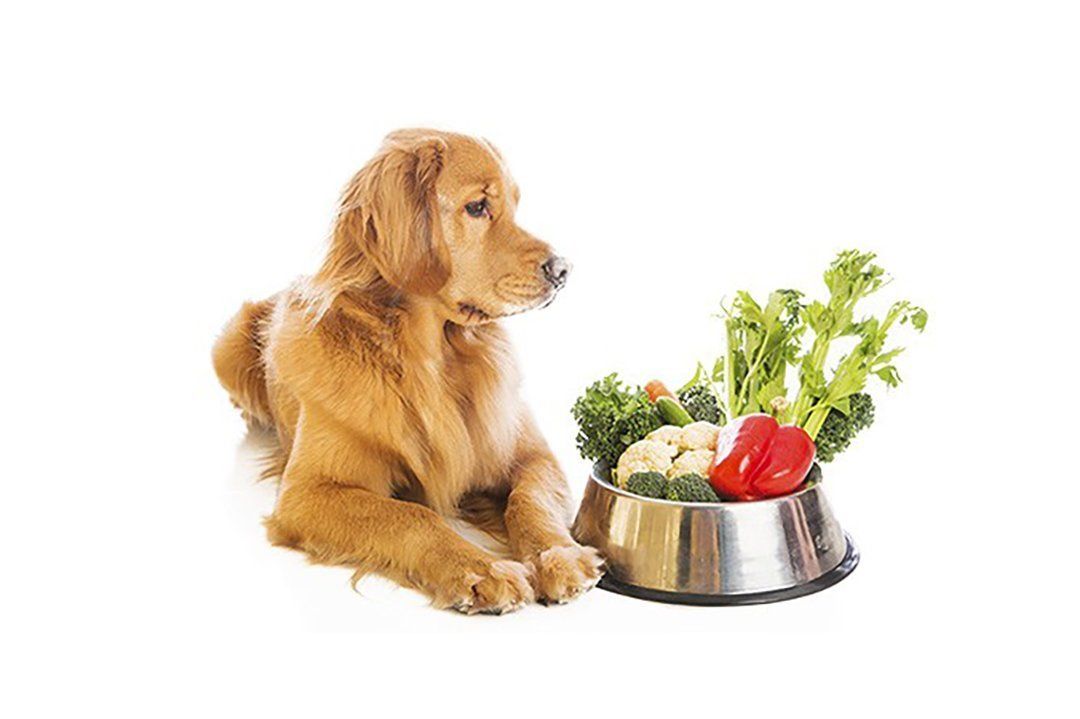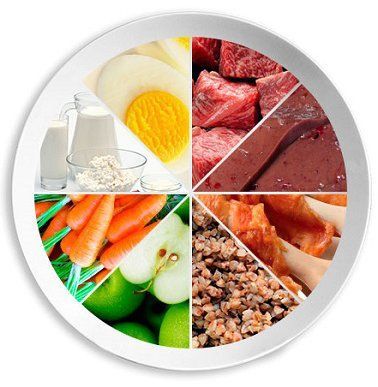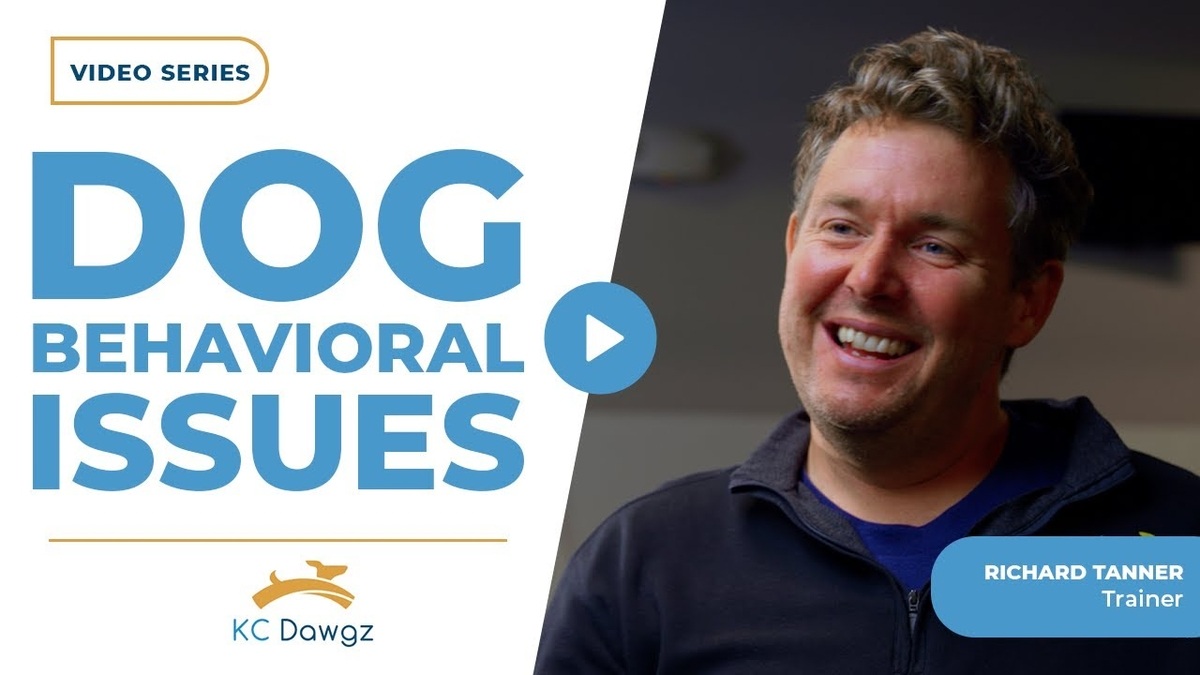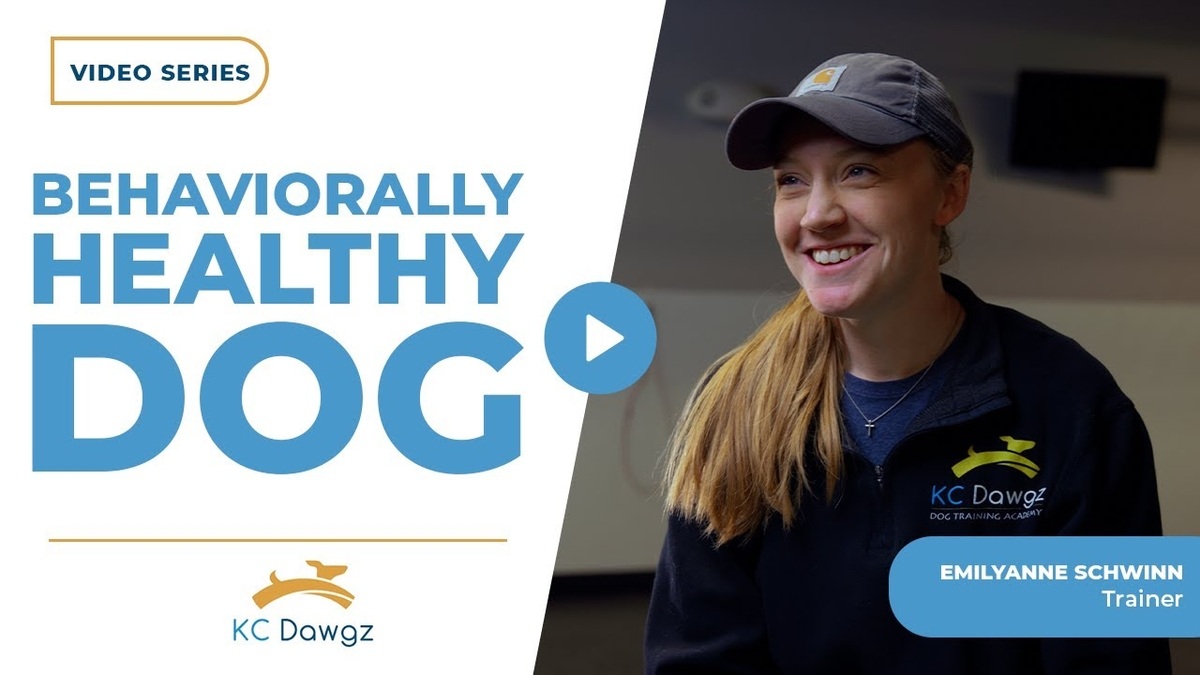What is the raw food diet?
The raw food diet emphasizes eating raw bones, meat and fruits, and vegetables. This may include:
– Whole or ground bones
– Muscle meat which is on the bone
– Organic meats i.e. kidney or liver
– Vegetables such as celery, spinach or broccoli.
– Raw eggs
– Dairy such as yogurt
– Apples and other fruits.
For the majority of animals, this diet is more beneficial than eating processed foods. However, each dog is different. In the past, racing greyhounds ate a raw food diet and it is only recently the raw food diet has become an idea for family pets. The raw food diet was proposed in 1993 by a veterinarian known as in Ian Billingshurst believed that adult dogs would be better off on a diet similar to what canines ate prior to becoming domesticated. Billinghurst feels that commercial pet food is actually harmful to a dog’s health. These statements are quite controversial as many veterinarians disagree and the risks of the raw food diet have been published in various journals.
Supporters of the raw food diet claim that the diet is beneficial as it produces:
– Healthier skin
– Better energy levels
– Smaller stools
– A shinier coat
– Cleaner teeth
The potential risks of the raw food diet are:
– An unbalanced diet may affect the health of a dog if given for a long period of time
– The bacteria in raw meat can affect both dog and human health
– Whole bones can cause choking, internal punctures or tooth breakages.
Moving your dog from a traditional diet to a raw food diet
If you have decided that you want to move your dog to a raw food diet, you need to bear in mind that the transition is a slow process. Below we will provide you with a rough outline which you can follow. One thing to remember is that a raw food diet is only safe for dogs that are over 3 months old.
● First day: On the first day of the diet, only give your dog water and no food.
● Second day: On the second day, give your dog a quarter of a raw food diet and three-quarters of what your dog normally eats.
● Third day: On the third day, give your dog half of what he normally eats and half of the raw food diet.
● Fourth day: On the fourth day give your dog three-quarters of the raw food diet and a quarter of his old diet.
● Fifth day: on the fifth day, give your dog a fully raw food diet.
When changing a dog’s diet, make sure you also consider your dog training as a change of diet could affect their progress. If you take part in group dog training sessions try talking to others to see what experiences they have had.
Finally
Even if your dog is happy to eat the raw food diet, some dogs will never be able to switch foods because of health issues or sensitivity to food. Therefore, it is worth speaking to your vet before you decide to make any drastic changes to your dog’s diet as changes in diet can cause stomach issues.
